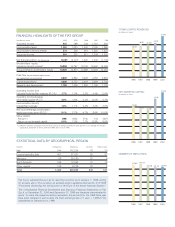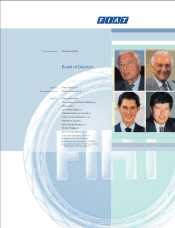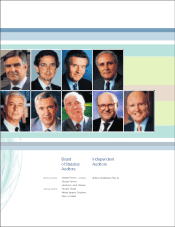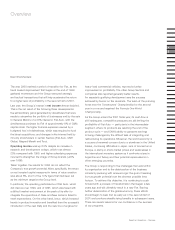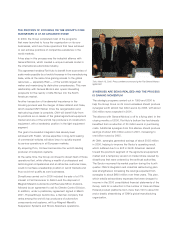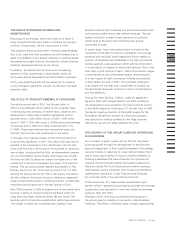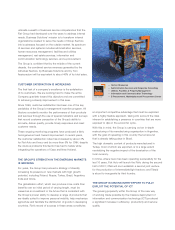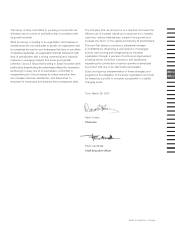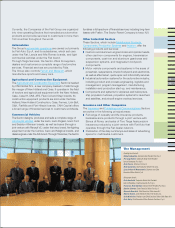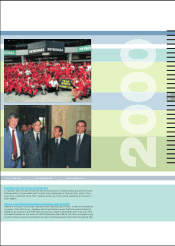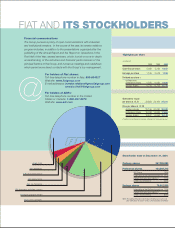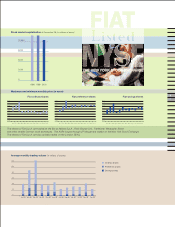Chrysler 2000 Annual Report Download - page 13
Download and view the complete annual report
Please find page 13 of the 2000 Chrysler annual report below. You can navigate through the pages in the report by either clicking on the pages listed below, or by using the keyword search tool below to find specific information within the annual report.
This concerted effort to maintain competitive leadership, which
Fiat shares with the best and most innovative members of the
European industrial system, clashes with structural restrictions
and shortcomings that hobble businesses as they adjust to
the new dimension and increased competitiveness of the
global market.
In Europe, there are still too many barriers to the smooth
and dynamic development of economic activity. Government
bureaucracies, lack of uniform legislation, inadequate
infrastructure, the high cost of capital, limited use of information
technology and a social culture that is not sufficiently conducive
to entrepreneurship and risk taking all make doing business
more difficult.
This environment limits innovation, productivity, growth and
especially job creation, which is probably more important in
Italy than in any of the other major European countries.
If the European continent, and Italy in particular, is to regain
forward momentum, these obstacles and strictures must be
eliminated. At the continental level, this can be accomplished
by continuing the process of integration and removing the
disparities that prevent the creation of truly European
companies. At the Italian level, it will require more incisive
programs to implement economic and social reforms that
large segments of society have been supporting for quite
some time.
Industrial enterprises can perform an important role in
fostering the technological and cultural evolution of economic
systems. The Fiat Group will continue to support this process
by investing in research and development and new technologies
and by providing cutting-edge training to its employees.
* * *
The Fiat Group continued to make progress in the year 2000,
even though the gains were less than expected. The shortfall
was particularly evident at Fiat Auto, which suffered from
strong competitive pressures (especially in the intermediate
segment, where Fiat-brand cars are nearing the end of the
product cycle), and at CNH, which is tackling an ambitious
restructuring plan.
In 2001, increased instability in the world economy could have
significant repercussions on some of the Group’s key markets,
including the United States, Argentina and Turkey.
Barring a serious deterioration of the economic environment,
2001 should provide the Group with an opportunity to build a
solid foundation for continued improvement in its performance
in the future. Specific goals for the current year include
increasing business volume, producing an upswing in
profitability during the second half of 2001 and achieving
a significant reduction in the level of indebtedness.
Being a Group Value Creation Achieving Competitive Excellence
Reducing
Complexity
Innovating
our Products
Lengthening
the Value Chain Globalizing
our Activities
Focusing on our
Core Businesses
Focusing and
motivating Management
Customer Satisfaction
Enhancement of
Human Resources
Values & Strategies


